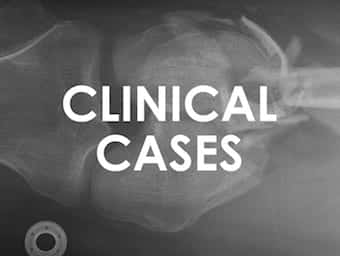
Trauma! Genitourinary Injuries
A Q&A overview of the assessment and management of a sometimes neglected area of major trauma: genitourinary injuries.

A Q&A overview of the assessment and management of a sometimes neglected area of major trauma: genitourinary injuries.

Heat illness needs fast treatment, and to accomplish this many EMS agencies carry chemical cold packs. These are convenient in that they have long shelf lives, don’t require cold storage, and don’t leak or drip fluids. According to this article,…

Professor Michael Pinsky. Giant of North American and International Intensive Care research and practice. Jellybean 99 and CICMxJB 7

A Q&A overview of abdominal injuries resulting from major trauma. Can you recognise and manage the common and important abdominal organ injuries in the ED?

Snow burial is often used experimentally to simulate avalanche burials. In this paper, they used snow burial to allow measurement of core temperature cooling and afterdrop. The authors were attempting to compare the afterdrop rate of patients who were immediately…

Stokes-Adams syndrome is an abrupt, transient loss of consciousness due to a sudden but pronounced decrease in the cardiac output

John Cheyne (1777 – 1836) was a Scottish surgeon and physician. Eponymously affiliated with Cheyne-Stokes Respiration (1818)

A Q&A approach to the assessment of abdominal trauma with a focus on the role the FAST scan, diagnostic peritoneal lavage and the CT abomen.

Description Cheyne-Stokes respiration History 1818 – John Cheyne 1854 – William Stokes 1953 – On March 4th 1953, the Soviet press announced that Joseph Stalin was ill and had ‘Cheyne-Stokes respiration‘. The following day he died. Associated Persons References Original…
Adolph Kussmaul (Adolf Kußmaul) (1822 – 1902) was a German physician. Eponym Kussmaul breathing in Diabetic ketoacidosis (1874)

Lewis Atterbury Conner (1867-1950) was an American cardiologist. Conner sign (1926) - dull percussion R lower posterior lung field in pericardial effusion

Description Biot respiration History 1876 – Biot studied patients with Cheyne–Stokes respiration at l’Hôtel-Dieu de Paris. In a 16-year old male with tuberculous meningitis he observed a previously undescribed pattern of breathing which he termed ‘rhythme meningitique‘. He found the…